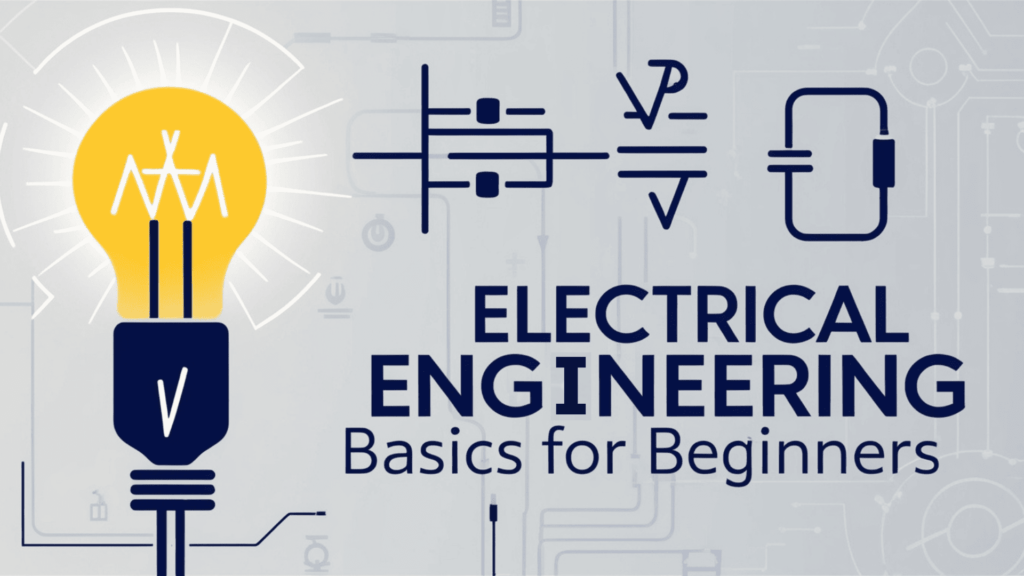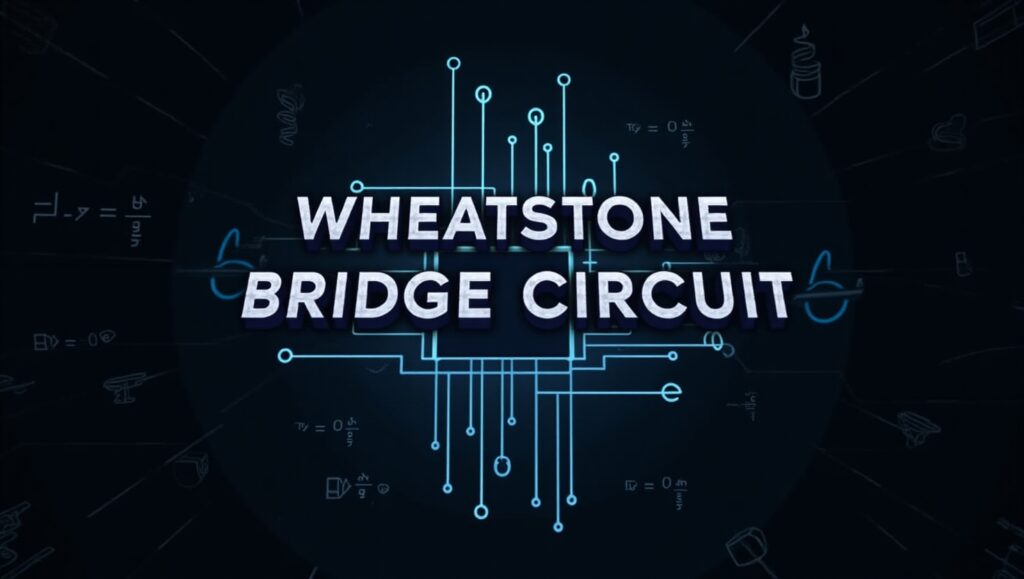
I still remember the first time I looked at a circuit diagram — it might as well have been hieroglyphics. Tiny lines, squiggly symbols, voltages, resistors, arrows pointing everywhere… and everyone around me in class nodding like it was crystal clear. If you’ve ever felt the same, trust me, you’re not alone.
But here’s the thing: once you get the basics of electrical engineering, it’s like unlocking a secret language. Suddenly, those crazy symbols start making sense, and you’re building circuits like it’s second nature.
So if you’re just starting out — whether you’re a curious student, an electronics enthusiast, or someone who just wants to know why your fan runs slower on inverter power — this guide is for you.
So, What Is Electrical Engineering
Think of it as the heart of modern life. Your phone, your laptop, the lights above your head, even that tiny beep when you microwave food — electrical engineers had a hand in making all that happen.
At its core, electrical engineering is about how electricity moves, how we control it, and how we make it useful.
But let’s break that down even more simply.
Meet the Three Musketeers: Voltage, Current, and Resistance
Imagine electricity like water in a pipe.
Voltage (V) is the pressure pushing the water through.
Current (I) is the actual flow of water.
Resistance (R) is like the size of the pipe — a narrow pipe resists more.
And these three are besties in the world of circuits. Their relationship is defined by Ohm’s Law:
V = I × R
This little formula is the bread and butter of electrical engineering. Get this down, and you’re already ahead of most people.
Circuits: Series vs. Parallel – What's the Difference?
I had this Aha! moment during my second semester when I wired a bulb in series with a switch — and it felt like I was controlling the universe.
Here’s the simple version:
In a series circuit, components are connected one after another. Like a line of people holding hands — if one person lets go, the whole line breaks.
In a parallel circuit, they’re all connected across the same two points. Like each person holding their own phone charger from the same plug board — if one stops working, the others are unaffected.
Series = same current, shared voltage.
Parallel = same voltage, shared current.
Want a quick tip? Your home is wired in parallel, so if one light goes out, the others don’t.
The Mysterious Wheatstone Bridge (But Not Really)
This one scared me at first just because it sounded so… “serious.” But it’s actually pretty cool.
The Wheatstone Bridge is a clever way to measure unknown resistance using known ones. It’s a balancing act. When the bridge is “balanced”, you can easily calculate the missing value.
It’s used in sensors like strain gauges — so when someone presses a digital weighing scale, there’s likely a Wheatstone Bridge working in the background.
Why Should You Care About All This?
Because once you understand the basics, you start to see the world differently.
You’ll know why your mobile charger gets hot.
You’ll fix that broken toy car motor without panic.
You’ll finally get what your electrical textbook is talking about.
And the best part? You can build real stuff — like a simple LED flasher circuit, an IR sensor for your project, or even a DIY solar light.
Bonus Concepts to Explore as You Grow
Once you get a grip on the basics, slowly move toward:
Kirchhoff’s Laws – for solving complex circuits
Capacitor charging/discharging – super useful in timers
RC and RL circuits – for filters and time delays
Logic gates and digital basics – essential if you’re into VLSI or embedded systems
Wrapping It Up…
Electrical engineering isn’t just wires and formulas — it’s creative problem solving. It’s that magical blend of logic and hands-on magic.
Whether you’re dreaming of building robots, smart homes, or the next generation of tech gadgets — it all starts here, with the basics.
And trust me, once you start building, the spark (pun intended) never fades.
About pluntx

Pluntx is India’s leading platform for electronics and 3D printing solutions, offering a wide range of products like Arduino, Raspberry Pi, drone parts, sensors, 3D printer components, and more. We also provide expert CAD design services and affordable 3D printing, starting at just ₹49. Click here to explore our extensive collection of electronics and prototyping tools. Be sure to follow us on Instagram and YouTube, where we regularly share tutorials, tips, and updates on everything from Arduino projects to drone technology. Pluntx delivers precision and quality. Our mission is to empower creativity through technology and simplify the journey from concept to creation.

